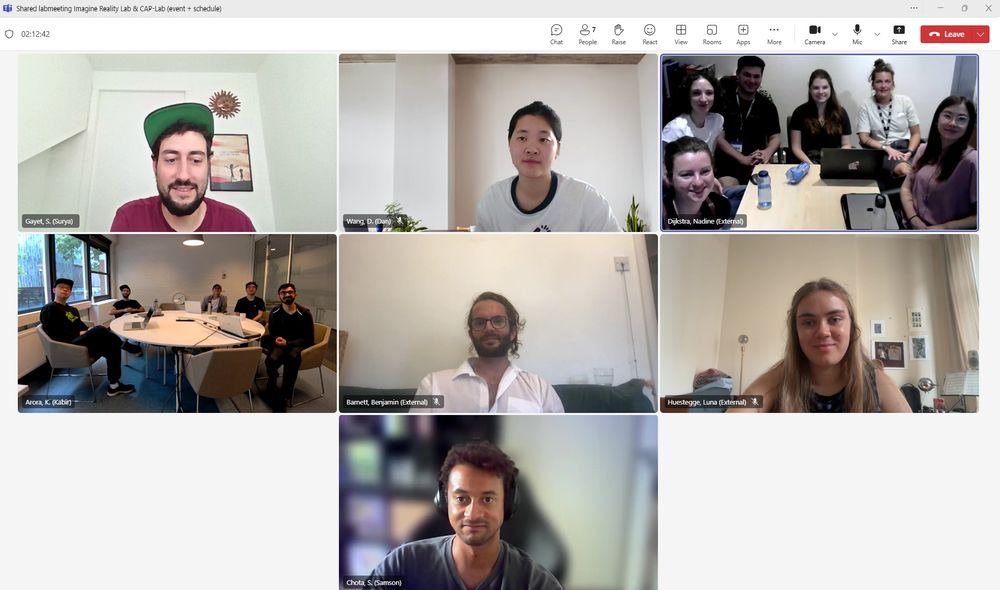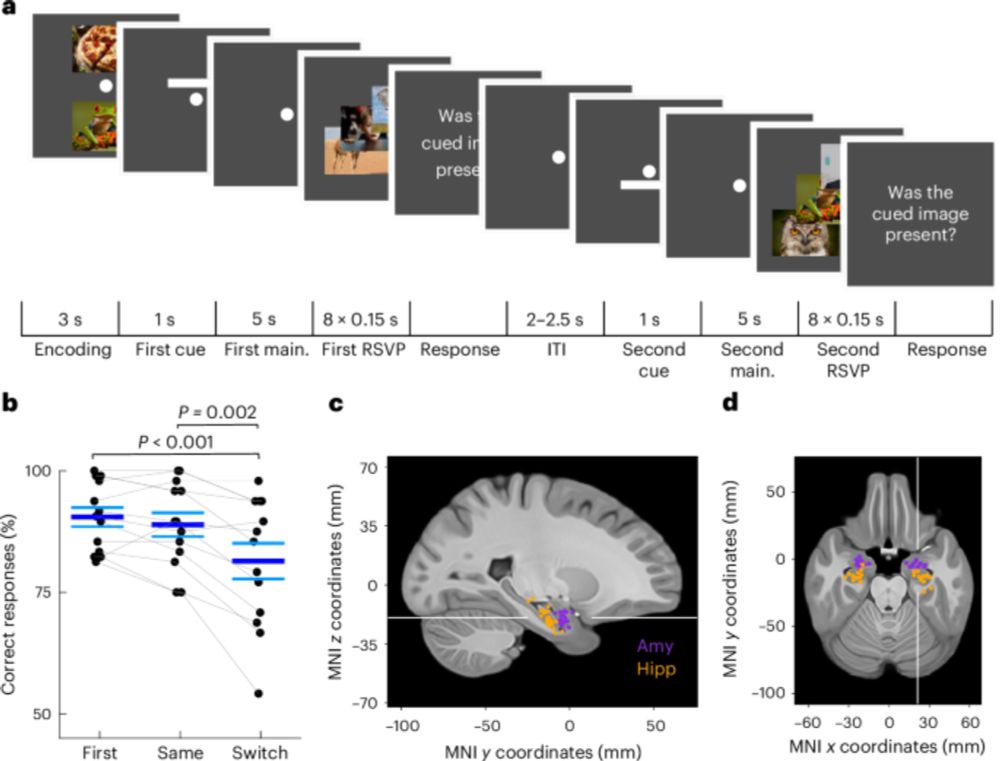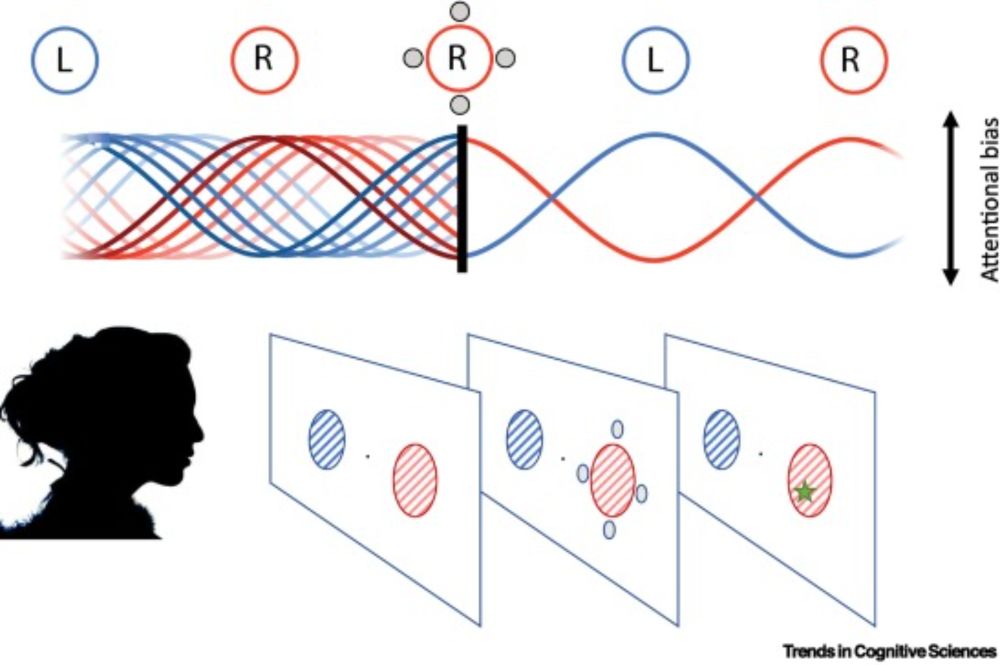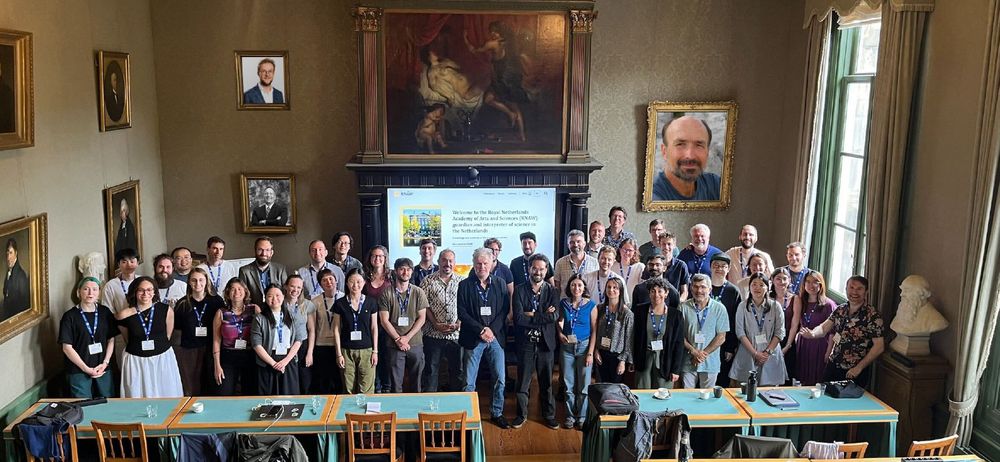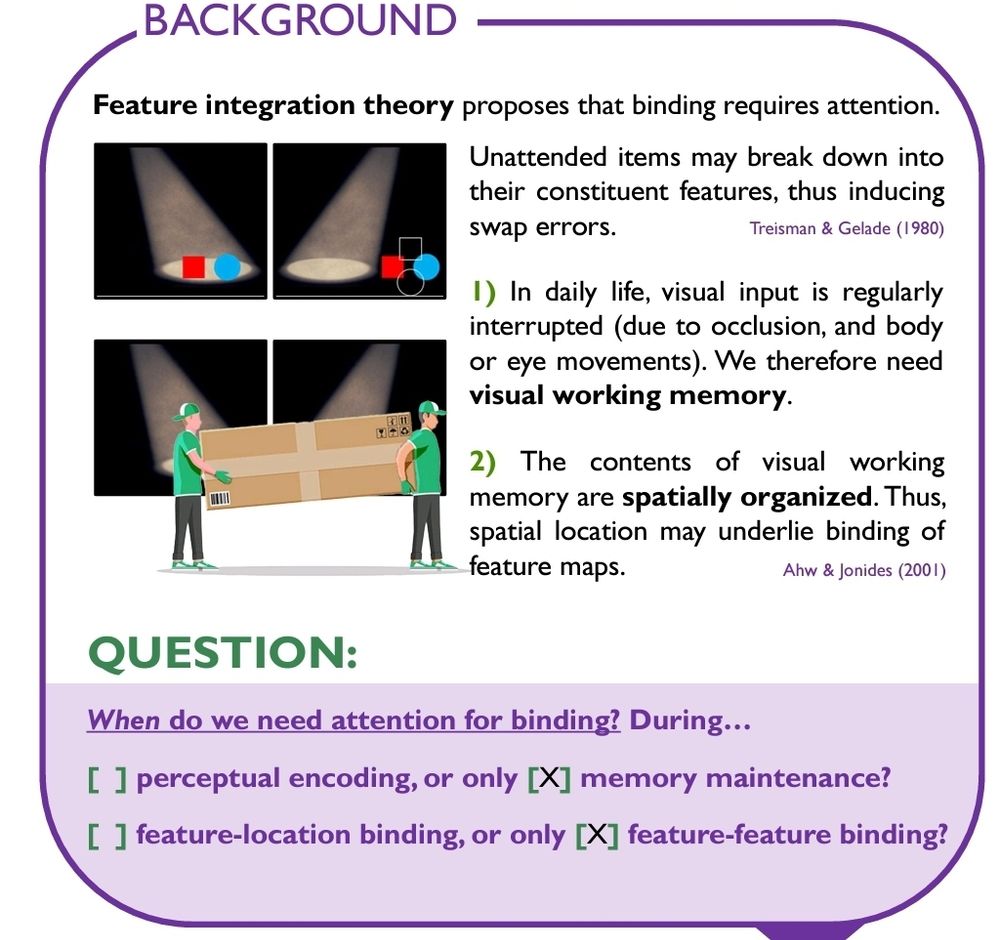Dan Wang
@danwang7.bsky.social
210 followers
79 following
20 posts
PhD candidate Utrecht University|AttentionLab UU | CAP-Lab | Visual working memory | Attention
Posts
Media
Videos
Starter Packs
Dan Wang
@danwang7.bsky.social
· Aug 27
Dan Wang
@danwang7.bsky.social
· Aug 27
Dan Wang
@danwang7.bsky.social
· Aug 27
Dan Wang
@danwang7.bsky.social
· Aug 27

Dynamic competition between bottom-up saliency and top-down goals in early visual cortex
Task-irrelevant yet salient stimuli can elicit automatic, bottom-up attentional capture and compete with top-down, goal-directed processes for neural representation. However, the temporal dynamics und...
www.biorxiv.org
Reposted by Dan Wang
Reposted by Dan Wang
Olaf Dimigen
@olaf.dimigen.de
· Aug 22

Rapid Invisible Frequency Tagging (RIFT) with a consumer monitor: A proof-of-concept
Rapid Invisible Frequency Tagging (RIFT) enables neural frequency tagging at rates above the flicker fusion threshold, eliciting steady-state responses to flicker that is almost imperceptible. While R...
www.biorxiv.org
Reposted by Dan Wang
Dan Wang
@danwang7.bsky.social
· Aug 24
Reposted by Dan Wang
Dan Wang
@danwang7.bsky.social
· Jul 15
Reposted by Dan Wang
Reposted by Dan Wang
Damian Koevoet
@dkoevoet.bsky.social
· Jun 12
Reposted by Dan Wang
Ole Jensen
@olejensen.bsky.social
· Jun 12
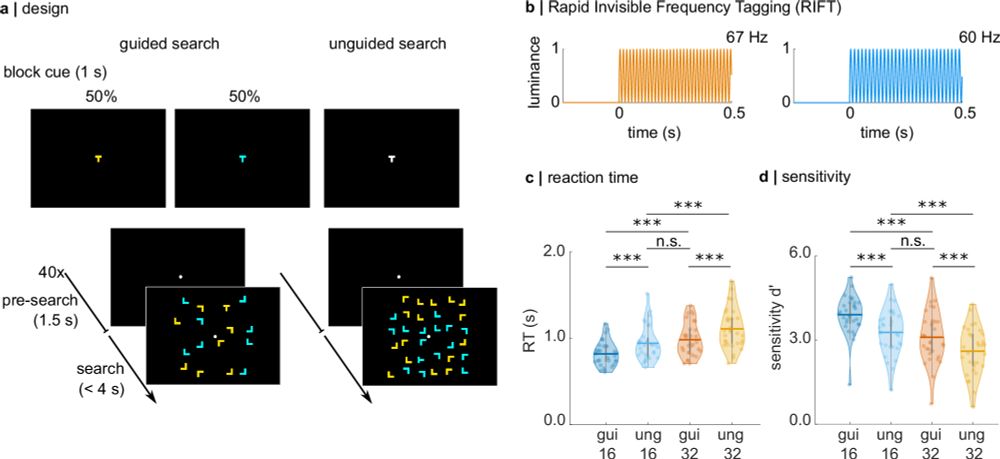
Guided visual search is associated with target boosting and distractor suppression in early visual cortex
Communications Biology - Magnetoencephalography in human participants paired with Rapid Invisible Frequency Tagging reveals that excitability in early visual cortex is modulated to boost targets...
rdcu.be
Reposted by Dan Wang
Reposted by Dan Wang
Reposted by Dan Wang
Dan Wang
@danwang7.bsky.social
· Dec 21









